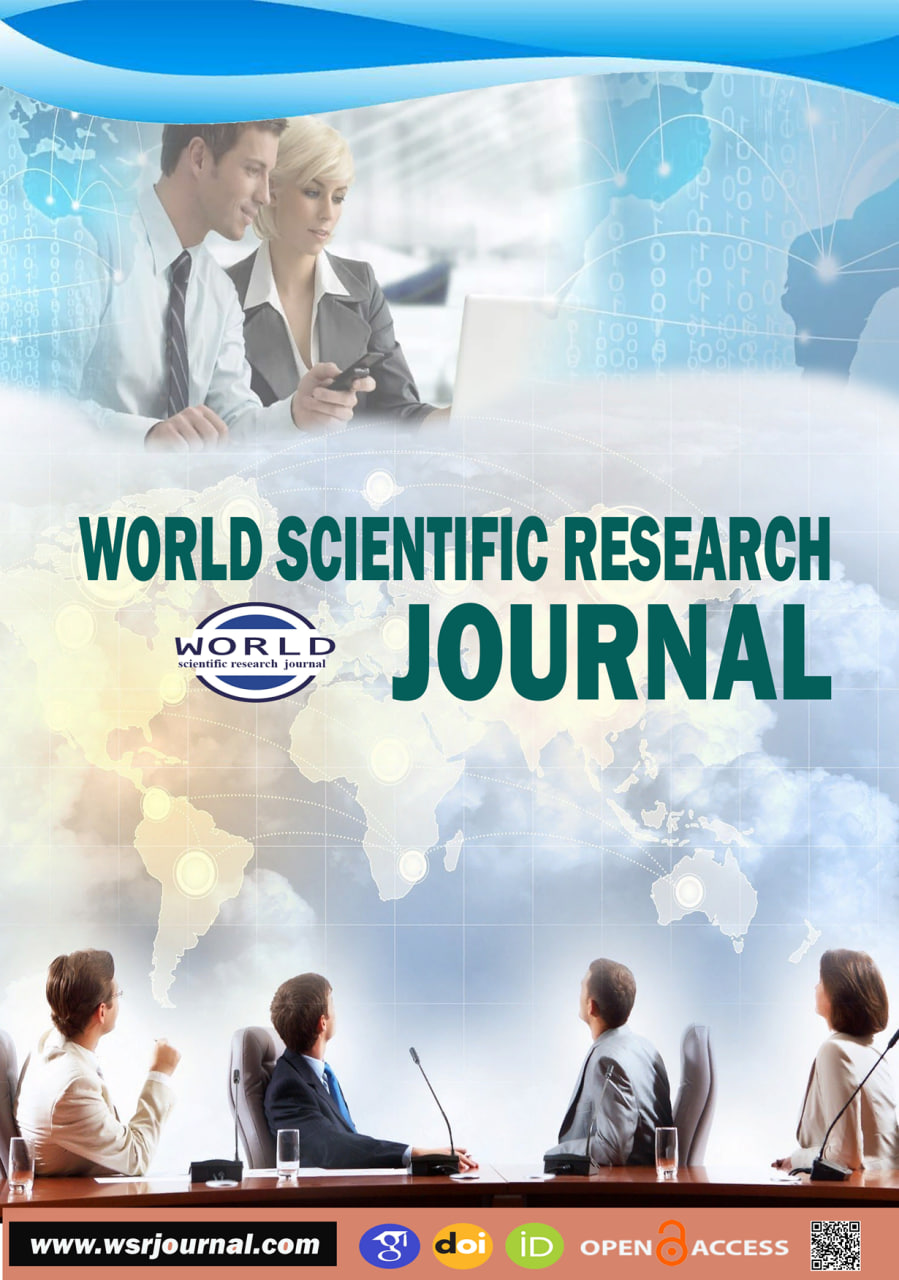PRAGMATIC ANALYSIS OF STYLISTIC DEVICES IN ENGLISH AND UZBEK LANGUAGE TEACHING SYSTEM
Keywords:
Key words: pragmatic analysis, stylistic devices, English language teaching, Uzbek language teaching, linguodidactics, communicative competence, comparative linguistics, stylistics, language education, teaching methodology.Abstract
Abstract: integration of pragmatic analysis into the study and teaching of stylistic devices in both English and Uzbek language learning systems represents a modern approach, reflecting evolving priorities in communicative language teaching. Stylistic devices—instruments that enrich texts and verbal expressions by adding emphasis, suggestion, or a particular tone—are traditionally given considerable attention in literary analysis. However, their pragmatic dimension, particularly in the classroom context, remains underrepresented in language education methodologies. This article undertakes a deep exploration into how pragmatic principles shape the teaching, interpretation, and functional use of stylistic devices in English and Uzbek classrooms, and how such considerations can improve language proficiency and communicative competence.
References
1. Abdullaeva, G. (2020). "Methodology of Teaching English Based on Modern Linguodidactic Technologies." Public Education of the Republic of Uzbekistan, 5(3), 88-93.
2. Ahmedova, M. (2018). "The Use of Modern Pedagogical Technologies in Teaching English." Education, 4(2), 120-126.
3. Bekchanov, S. (2019). "The Typology of Stylistic Devices in English and Uzbek Languages." Issues of Philology, 3(1), 56-62.
4. G‘ulomova, M. (2021). "The Use of Stylistic Devices in Forming Communicative Competence in Teaching Uzbek." Modern Education, 9(4), 112-117.
5. Ismoilova, L. (2017). "A Pragmatic Approach to Teaching English and Uzbek Languages." Philological Sciences, 10(2), 97-101.
6. Mansurova, N. (2022). "Semantic and Pragmatic Study of Stylistic Units in Uzbek and English." Language and Literature Education, 11(1), 57-62.
7. Tukhtayeva, S. (2018). "Modern Changes in the Stylistics of Uzbek and English Languages." Uzbek Language and Literature, 1(3), 84-89.

